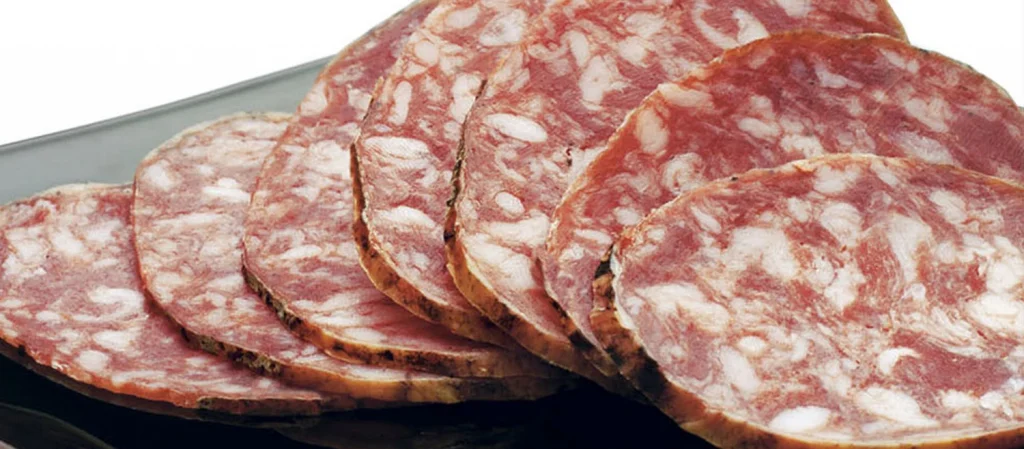Although it may seem obvious, many people, mainly those who are not regular consumers of this type of sausage, do not know the difference between the two products beyond the one that can be appreciated just by looking at them: their size.
Size: This is one of the aspects that at first sight helps us to differentiate ourselves clearly. Fuet is generally a narrow sausage, smaller in size than Iberian salchichón, which is larger and thicker, stuffed into the animal’s own natural intestine.
Type of meat: The main difference is that, although both are produced with pork, in the case of Iberian salchichón, it comes from Iberian breed animals. However, we can also find Iberian fuet.
Curing: This aspect is linked to the size of the sausage. The fuet has a shorter curing time because it is a smaller product. In the case of Iberian salchichón, it can be stored for around 90 days in the cellar.
Ingredients and marinades: For the production of César Nieto’s Iberian salchichones, a special selection of meat is used that is less lean than that of Iberian chorizo, it is minced with a smaller caliber and white wine is used for its marinade, something that enhances its distinction and quality. In the case of fuet, the proportion of meat is generally lower, resulting in a fattier sausage, and less use is made of pepper.
Origin: The fuet was born in Catalonia and, in fact, nowadays it remains as one of the typical Catalan foods and maximum exponent of the traditions and gastronomy of this community. On the other hand, salami is of Greek and Roman origin, but nowadays it is also positioned as a traditional Spanish sausage.
If you have not yet tried our Iberian sausages, take a look at our online store and get the best product for your snacks, dinners or any occasion that deserves it.
